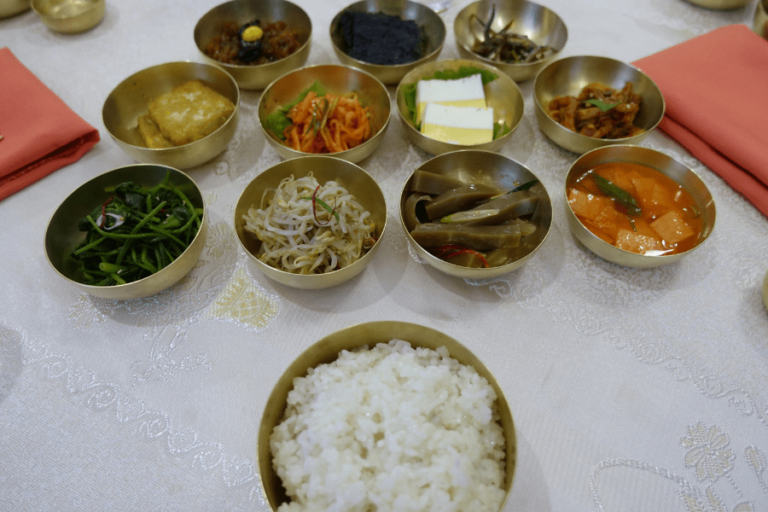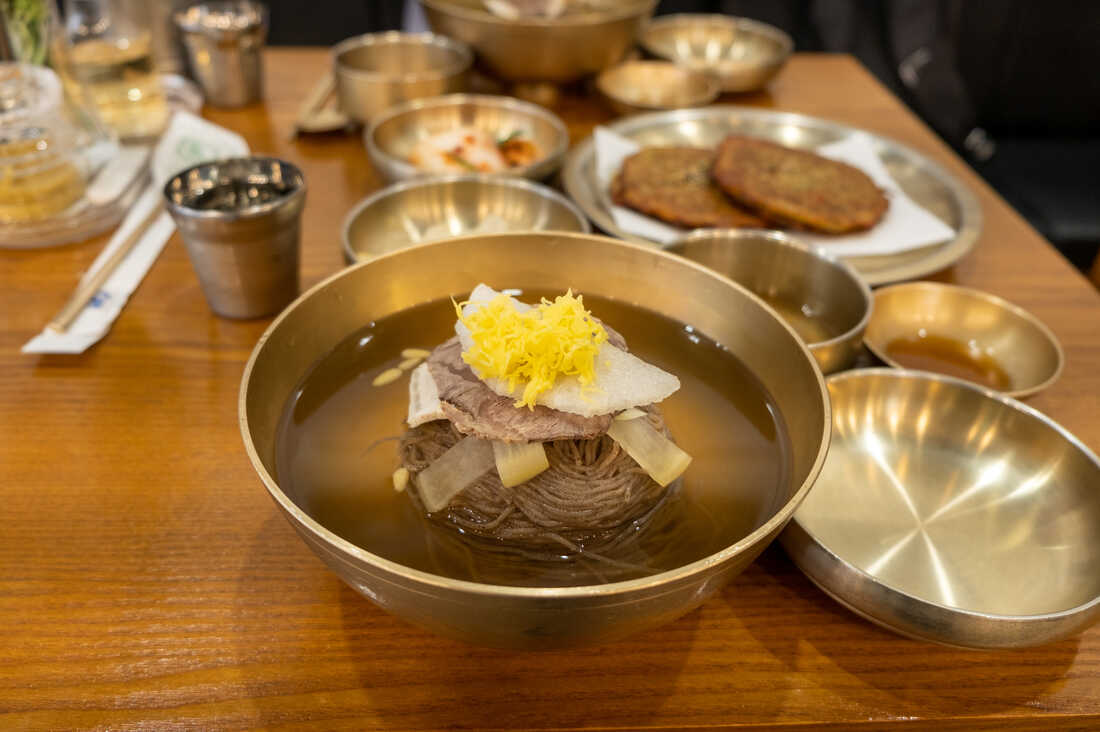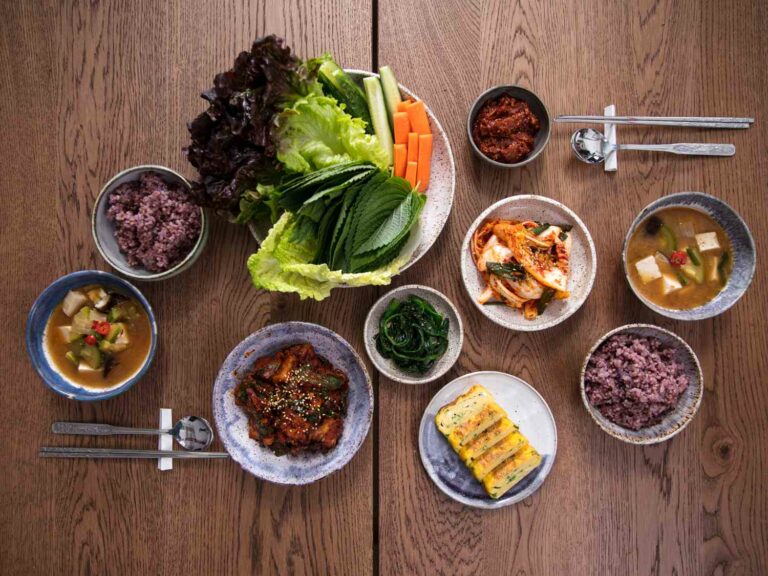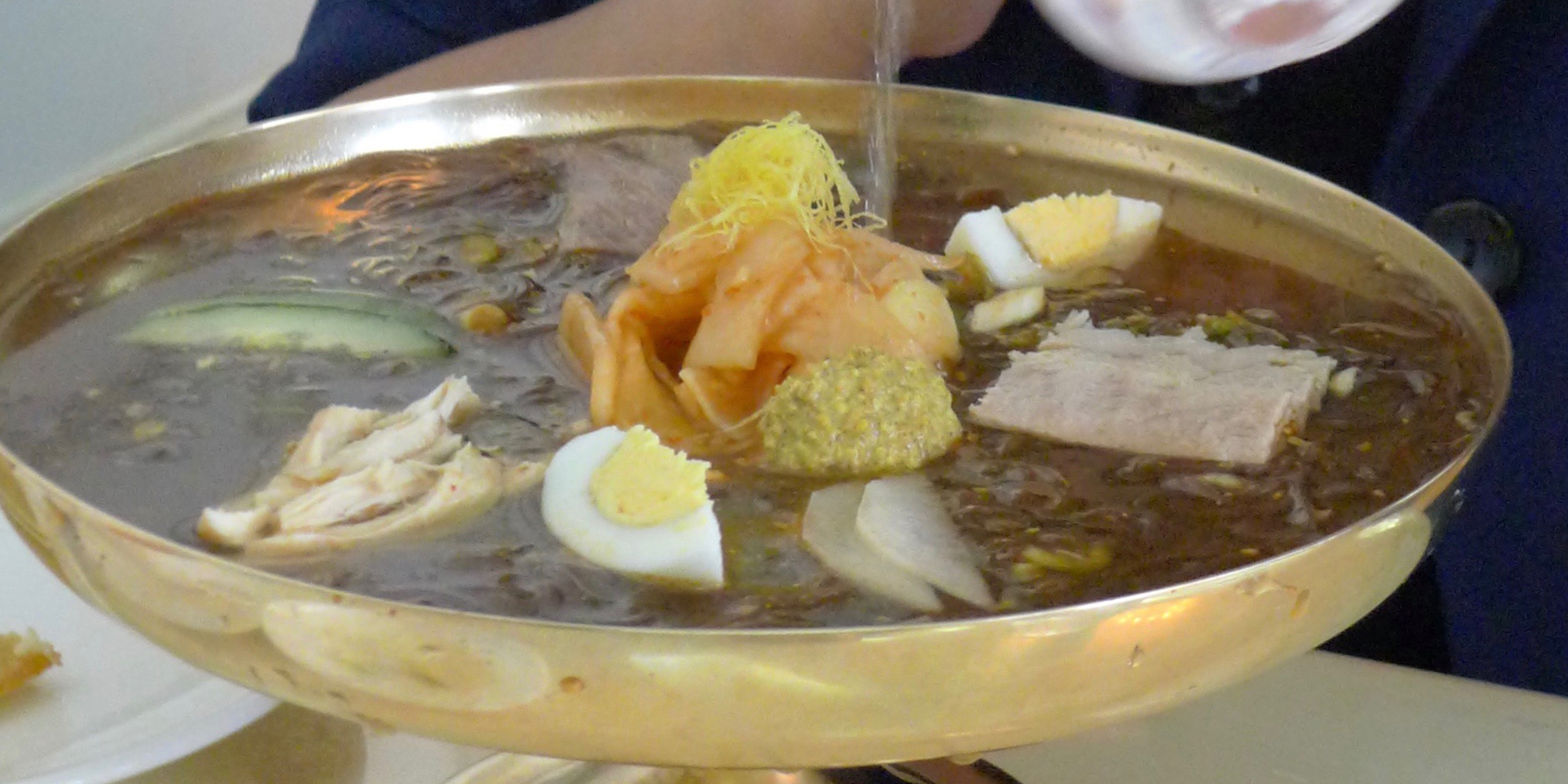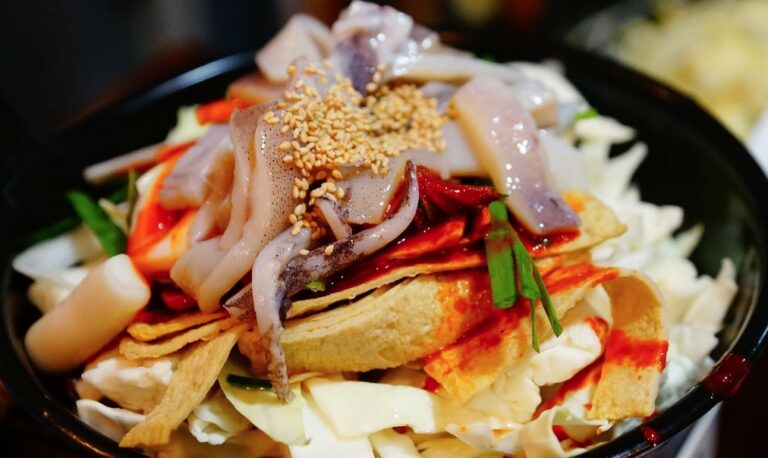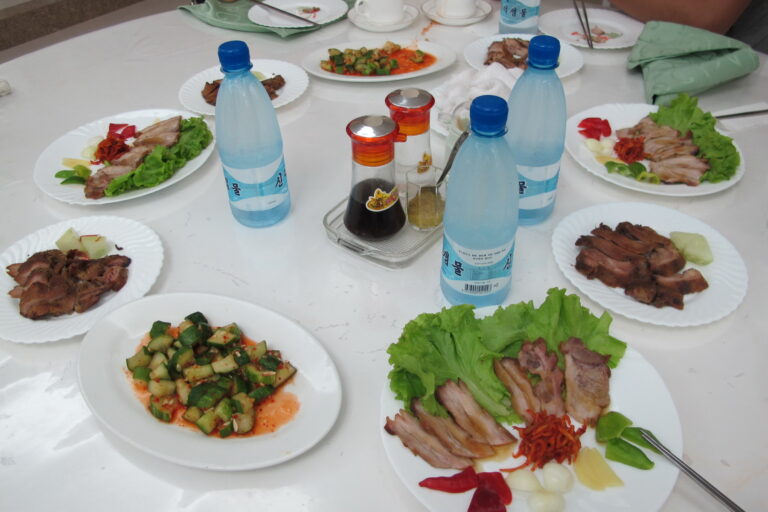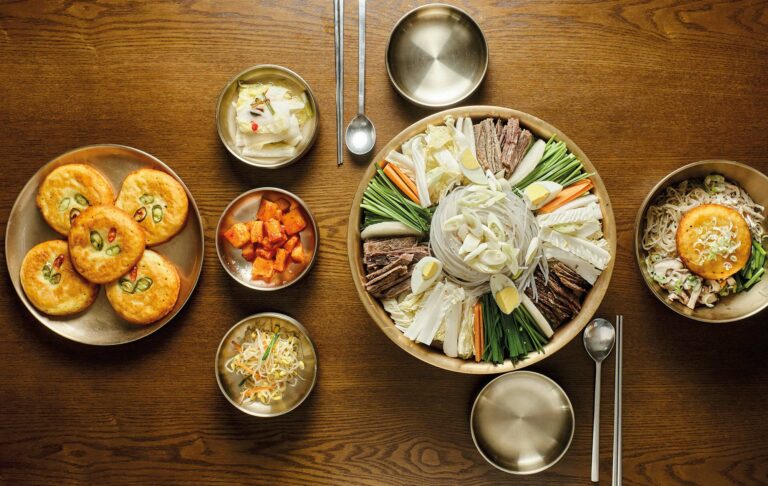Introduction: Understanding North Korean Cuisine
North Korean cuisine is a vital aspect of the country’s culture and history. It is a unique blend of Korean, Chinese, and Japanese flavors, with some influence from Russia and Mongolia. North Korea’s geographic location, climate, and limited resources have made their cuisine distinct from other Korean dishes. North Korean food is known for its simplicity, traditional methods of preparation, and use of locally sourced ingredients. The cuisine is usually characterized by its mild to moderate spiciness, which varies by region and dish.
The Role of Spiciness in North Korean Food
Spices and herbs have played a significant role in North Korean cuisine for centuries. The use of spices in food has been attributed to its medicinal properties and its ability to enhance the flavors of the food. However, Korean cuisine is not known for its fiery heat like other Asian cuisines, such as Indian or Thai. Instead, North Korean food has a distinct flavor profile characterized by its balance of sweet, salty, sour, bitter, and umami tastes.
Traditional Spicy Dishes in North Korean Cuisine
North Korean cuisine has several spicy dishes that are enjoyed by locals and visitors alike. The most famous of these is kimchi, a fermented vegetable dish that is ubiquitous in Korean cuisine. North Koreans have their version of kimchi, which is less spicy and less pungent than its southern counterpart. Another popular and spicy dish is naengmyeon, a cold noodle soup made from buckwheat or sweet potato starch. It is served with a spicy mustard sauce that adds a kick to the dish.
Regional Variations in North Korean Spiciness
North Korean cuisine has regional variations in spiciness, depending on the availability of ingredients and the cuisine’s influences. The northern regions of the country, close to China and Russia, have a more savory and mild taste, while the southern parts of the country, closer to South Korea, have spicier dishes. Coastal regions use more seafood in their dishes and incorporate more spices and herbs in their cooking.
Fusion Flavors: Spiciness in Modern North Korean Cooking
In recent years, North Korean cuisine has experienced a fusion of flavors with international influences. Some of these dishes include Korean-style tacos, pizza, and fried chicken. These dishes have incorporated spicy elements like gochujang, a spicy Korean chili paste, to appeal to a more modern palate. However, these dishes are relatively new and are not widely available in North Korea.
Conclusion: The Verdict on North Korean Cuisine’s Spiciness
North Korean cuisine is not known for its spiciness. The cuisine is characterized by its balance of flavors and its use of locally sourced ingredients. While some dishes, like kimchi and naengmyeon, have a spicy kick, North Korean food’s overall spiciness is mild to moderate. The regional variations in spiciness and the incorporation of spicy elements in modern North Korean cooking add to the cuisine’s diversity and its appeal to the modern palate.

